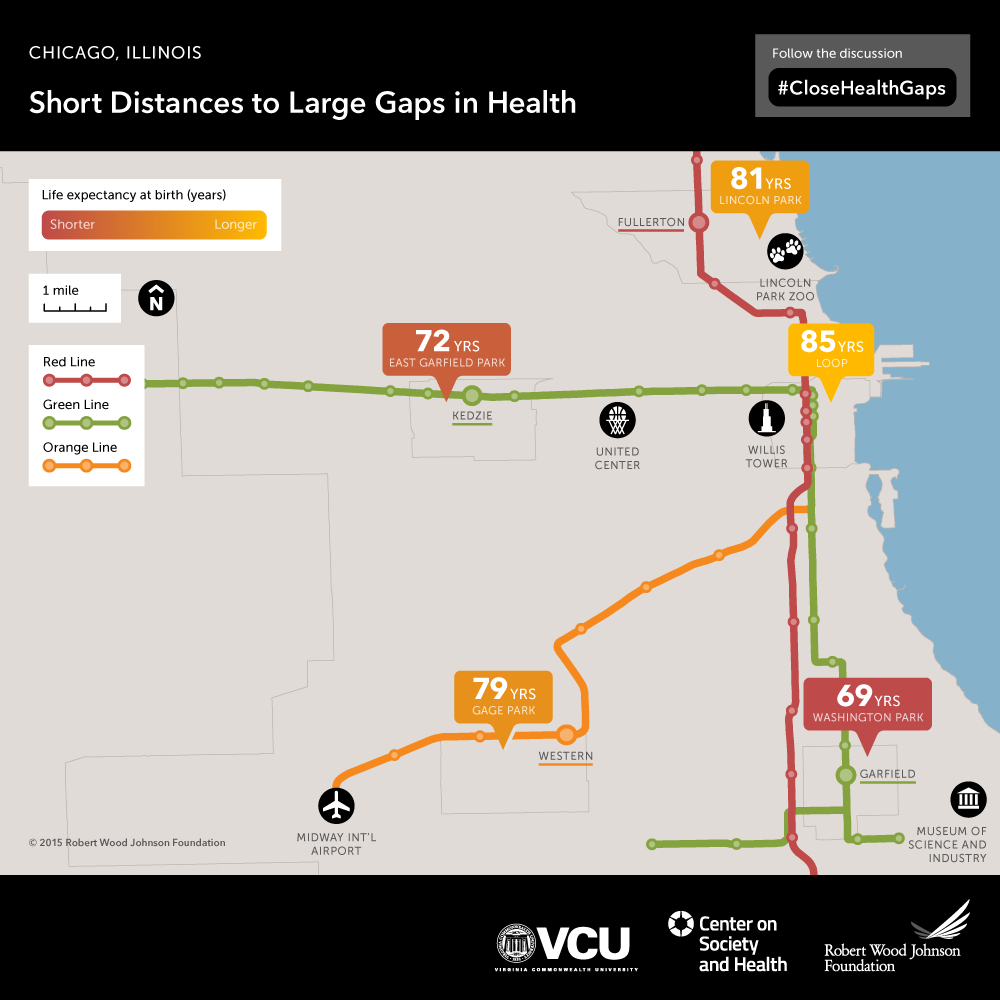If the US had a national goal of improving health, it would quite possibly take aggressive action to reduce current spending on health care, and instead use those funds to address social factors that affect health. Donald M. Berwick makes this case in his short essay, "The Moral Determinants of Health" (Journal of the American Medical Association, June 12, 2020). Berwick writes (footnotes omitted):
Except for a few clinical preventive services, most hospitals and physician offices are repair shops, trying to correct the damage of causes collectively denoted “social determinants of health.” Marmot has summarized these in 6 categories: conditions of birth and early childhood, education, work, the social circumstances of elders, a collection of elements of community resilience (such as transportation, housing, security, and a sense of community self-efficacy), and, cross-cutting all, what he calls “fairness,” which generally amounts to a sufficient redistribution of wealth and income to ensure social and economic security and basic equity. ...
The power of these societal factors is enormous compared with the power of health care to counteract them. One common metaphor for social and health disparities is the “subway map” view of life expectancy, showing the expected life span of people who reside in the neighborhood of a train or subway stop. From midtown Manhattan to the South Bronx in New York City, life expectancy declines by 10 years: 6 months for every minute on the subway. Between the Chicago Loop and west side of the city, the difference in life expectancy is 16 years. At a population level, no existing or conceivable medical intervention comes within an order of magnitude of the effect of place on health. ...
How do humans invest in their own vitality and longevity? The answer seems illogical. In wealthy nations, science points to social causes, but most economic investments are nowhere near those causes. Vast, expensive repair shops (such as medical centers and emergency services) are hard at work, but minimal facilities are available to prevent the damage. In the US at the moment, 40 million people are hungry, almost 600 000 are homeless, 2.3 million are in prisons and jails with minimal health services (70% of whom experience mental illness or substance abuse), 40 million live in poverty, 40% of elders live in loneliness, and public transport in cities is decaying. ...
Decades of research on the true causes of ill health, a long series of pedigreed reports, and voices of public health advocacy have not changed this underinvestment in actual human well-being. Two possible sources of funds seem logically possible: either (a) raise taxes to allow governments to improve social determinants, or (b) shift some substantial fraction of health expenditures from an overbuilt, high-priced, wasteful, and frankly confiscatory system of hospitals and specialty care toward addressing social determinants instead. Either is logically possible, but neither is politically possible, at least not so far.
Here is one of the 21 "subway maps" of life expectancy in different areas of the United States from researchers at Virginia Commonwealth University ("Mapping Life Expectancy," September 26, 2016), this one using data from Chicago.

Health care spending is headed for one-fifth of total GDP, and there's substantial reason to doubt that it is improving health by enough to justify that bill. For example, here's a figure from Our World in Data showing the shifts health care spending per person over time (horizontal axis) and the change in life expectancy over time (vertical axis). The US is clearly on a different path from other high-income countries.
Making sure people have access the kind of health care with a high impact on health seems like a valuable social goal. But if the overall social goal is improving health, not just feeding the health care industry, finding ways to transfer funds away from health care to other social needs that affect health may be more important than health insurance for all. For a previous post on the need for spending on programs "upstream" of medical care, see "U.S. Health Care: The Case for Going Upstream" (March 15, 2017).
